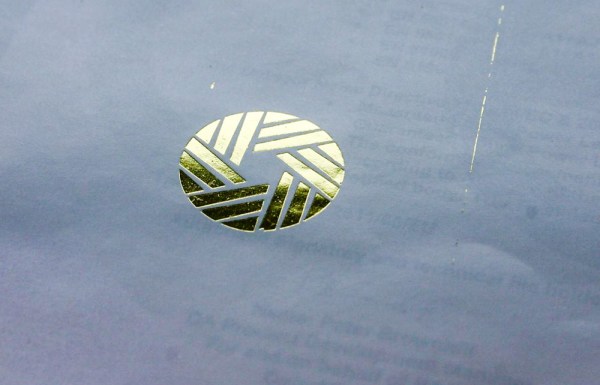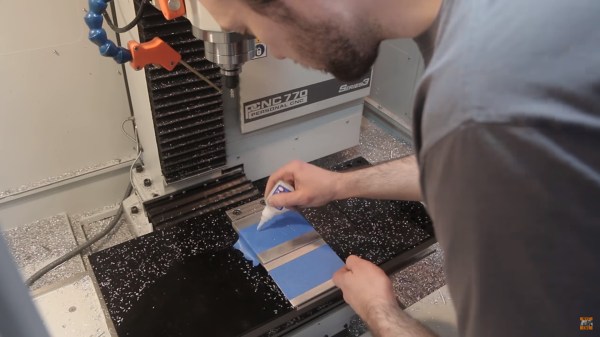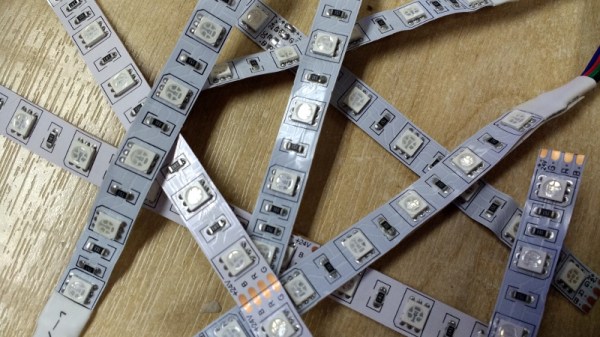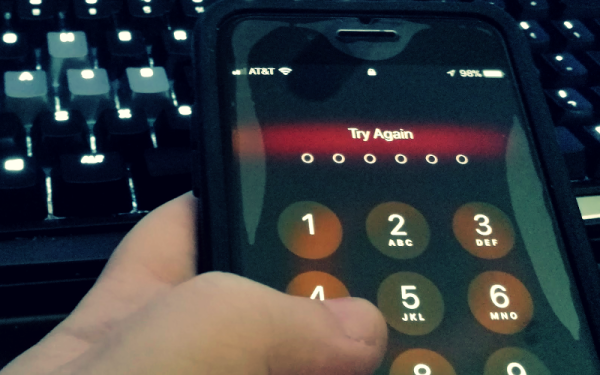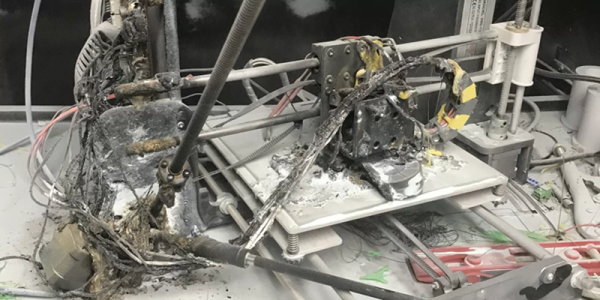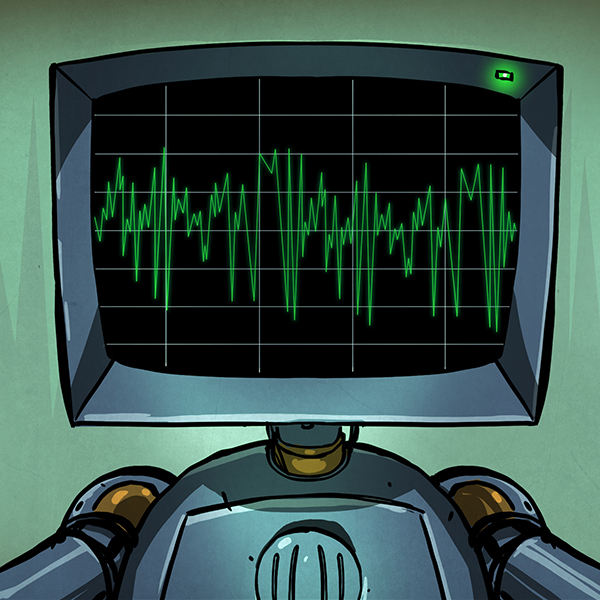Hot foil stamping is a method often used to embellish and emboss premium print media. It’s used on things like letterhead and wedding invitations to add a touch of luxury. The operation is actually quite simple, where a custom die is heated, pressed into a heat transfer foil, and then transferred on to the print media. Some of the very first manuscripts used gold leaf embossing to decorate intricate calligraphy. You can also see it often used to decorate the sides of religious texts.
Professional foil stamping machines are often pricey and the cheaper ones you can get from eBay are usually poorly made. [Lindsay Wilson] found this out when he purchased a low-cost hot foil stamping machine that was too difficult to use reliably. It got shelved for years until he had another hot foil stamping project. This time he was prepared. He took the machine apart and robust-ified it by attaching it to a heavy-duty arbor press. He also retrofit the heating assembly with his own temperature controller to improve the accuracy for the foils he wanted to use.
Continue reading “You Bring It, This Blings It: Retrofitting A Hot Foil Stamping Machine”

